11 new species discovered in the last year
 Bashny.Net
Bashny.Net
Total opened 18,000 vidov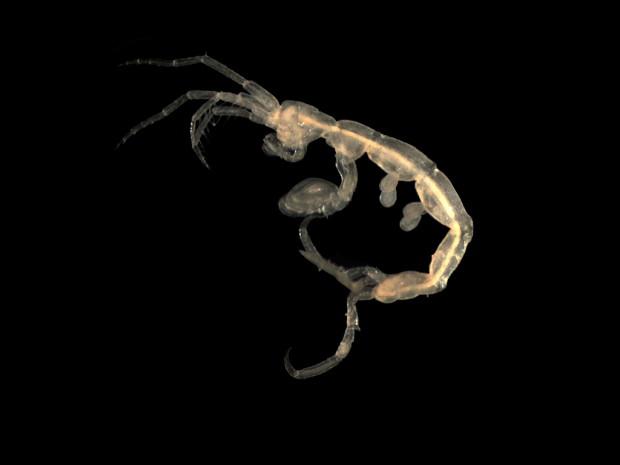
Sea anemones, living under the glaciers of Antarctica and translucent snail from Croatia are included in the list of the ten new species of 2014 year, an international team of scientists announced Thursday. The list contains about 18 thousand new species discovered last year.

Top 10 compiled in this, the College of Environment and Forestry (ESF) at the State University of New York (SUNY), produced annually since 2008, the year he was dedicated to the birthday of Swedish botanist XVIII-th century, Carl Linnaeus, who is recognized the father of modern taxonomy.
This list should not be interpreted as rating (there are no "losers" and "winners"), instead, it should draw attention to the "crisis of biodiversity by working to complete the description of all the plants, animals and microbes of the Earth" - said Quentin Wheeler, president of the ESF .
Scientists have calculated that there are 10 million species that have not yet been identified, but the species that have been described, five times more.
Below are pictures from a list of ten new species, as well as some of the other proposed by Wheeler, but not included in the top 10.
1. Shrimp skeleton was found in a cave on the island of Santa Catalina off the coast of California.
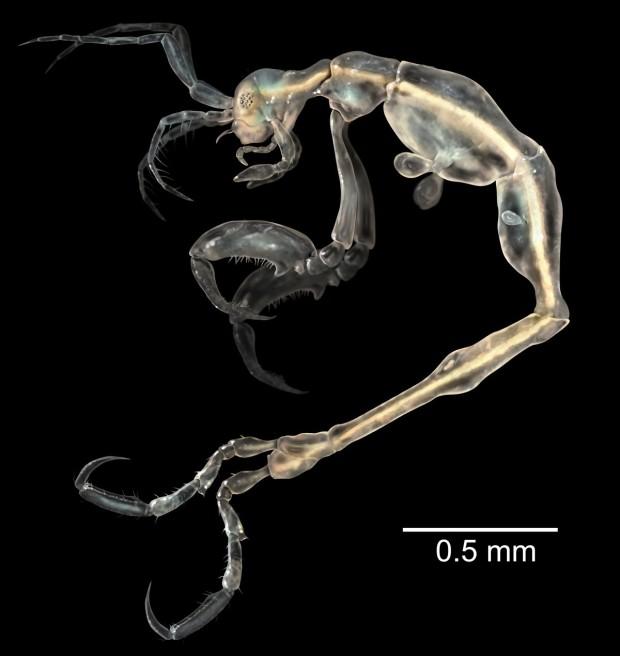
2. Olingito - this is the first kind of carnivorous mammal, found in the Western Hemisphere over the past 35 years. He lives in the cloud forests on the slopes of the Andes. Olingito like a "cross between a cat and eyed teddy bear».
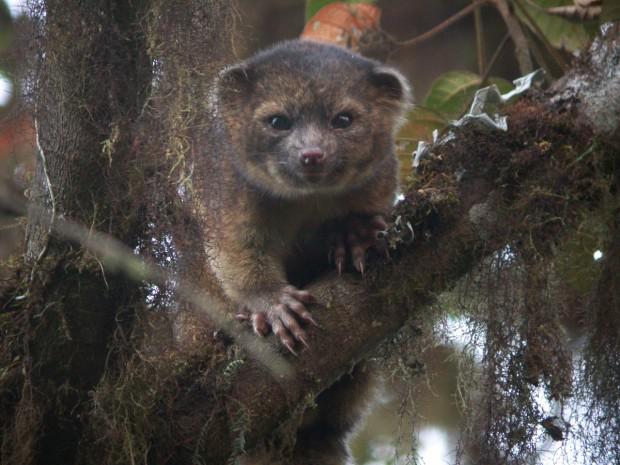
3. Brigandine earthen snail lives at a depth of over 900 meters underground in a cave in the west of Croatia, and it has no eyes. It was obtained only one live specimen.
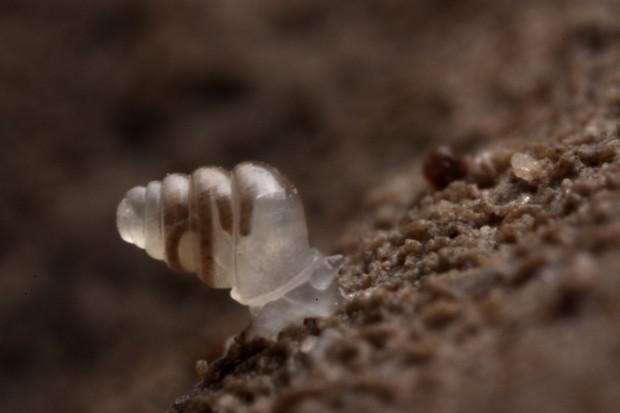
4. Night listohvosty gecko - a master of camouflage. Representatives of this species were found hanging vertically on the rocks and trees. When the scientists searched the surrounding area, they could not find other populations of this species - so it can be rare. Look at his fancy tail.
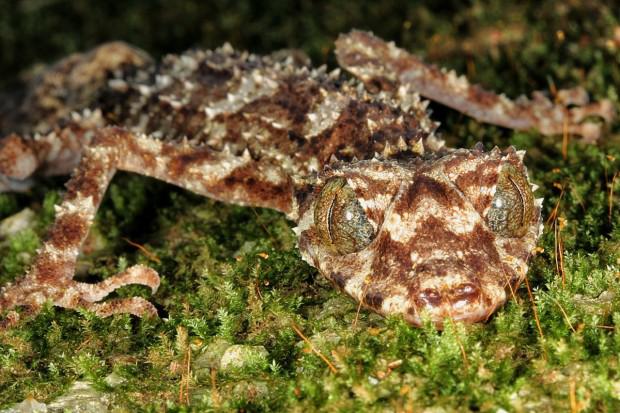
5. Amoeba protists - a big by the standards of single-celled organisms. It builds the cells of the skeletal remains of dead sponges, and then uses their part as a trap to attract prey - it is similar to how the feed lips. This species was found in 50 km from the coast of Spain.
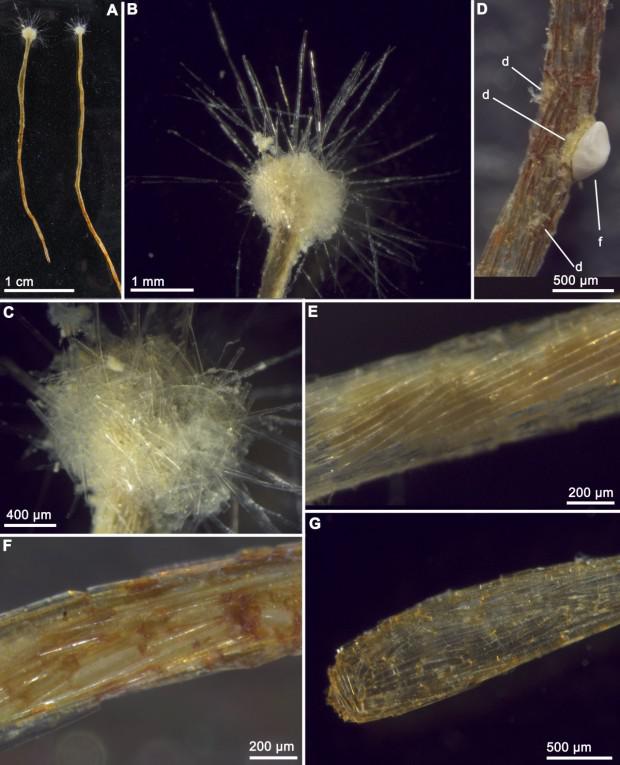
6. Tinkerbella nanna, or fairy Tinker Bell - one of the smallest insects on the planet, and, apparently, lives only a few days, as the other fairies. She was found in the forests of Costa Rica.
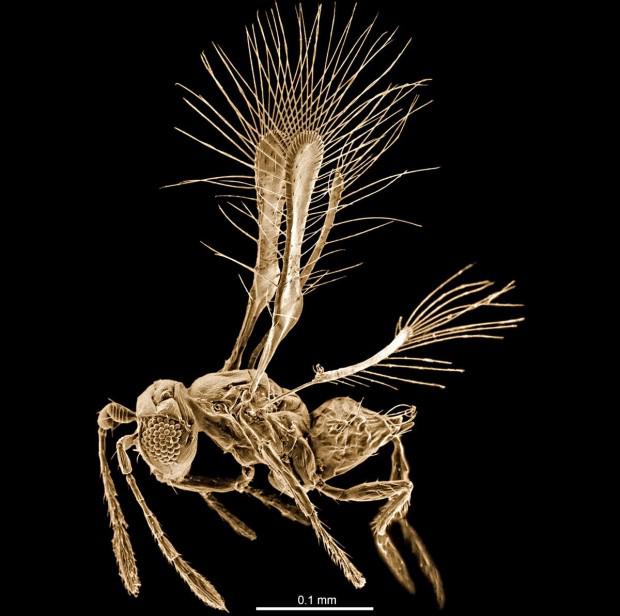
7. Orange penicillin - a mold found in Tunisian soil and named in honor of the Dutch Royal Highness the Prince of Orange. Mould has intercellular substance that protects it from dryness.
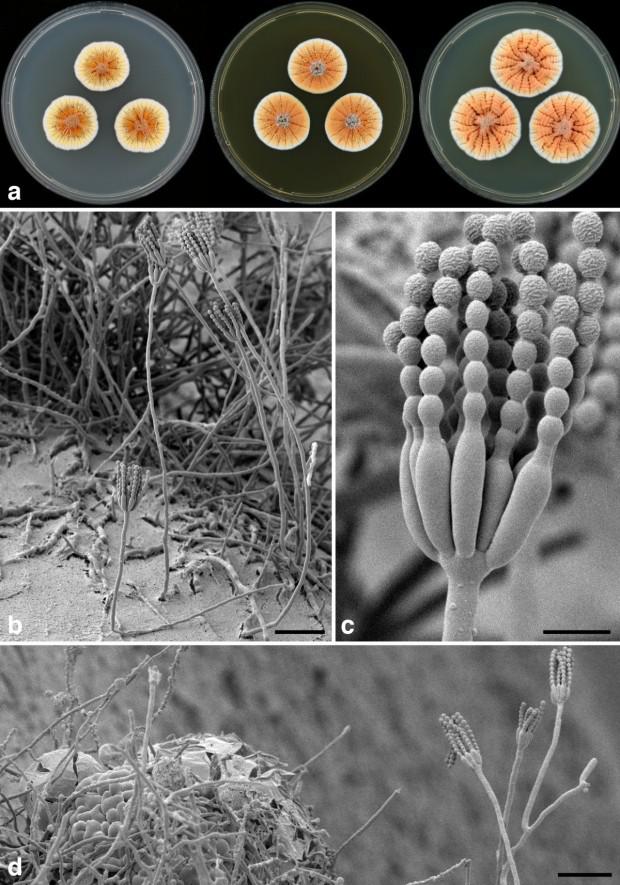
8. Anemone ANDRILL - this is the first known anemone living in ice, he lives under the Antarctic ice masses. It is named in honor of the Antarctic Geological Drilling Program (ANDRILL), who discovered it using a remotely operated vehicle to explore the underwater world.

9. clean-room microbes were found in only one ecosystem - in areas where going to a spaceship. They were found in two clean rooms (in Florida and French Guiana) even after sterilization. Scientists worry that this species may have a detrimental effect on the ecosystem of the other planets.
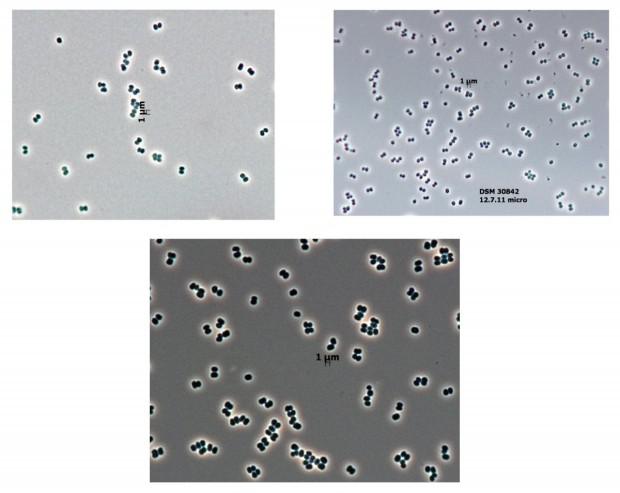
10. Despite his appearance, Microcaecilia Dermatophaga - not a worm, but Caecilians from French Guiana. This is the first new type of Caecilians, naёdenny in the region over the past 150 years. The offspring of mother feeds the skin.
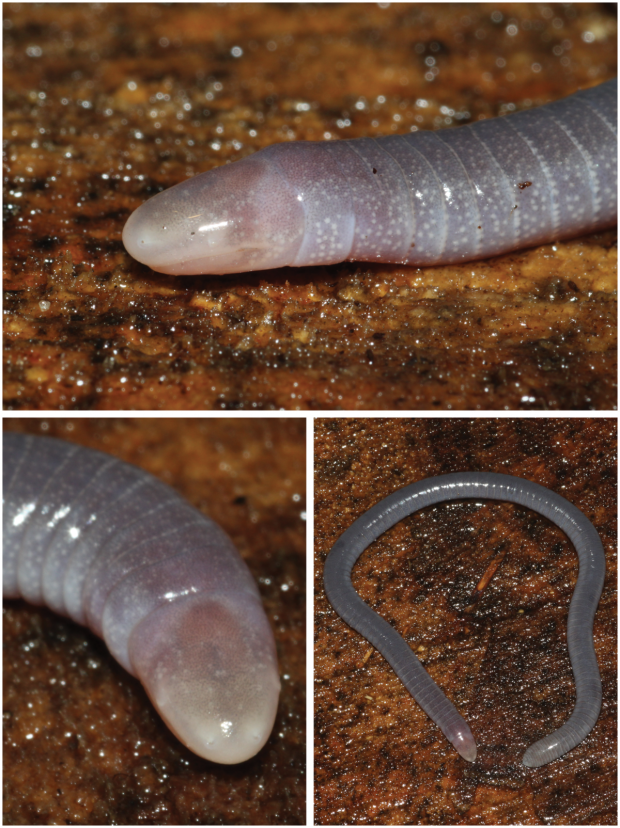
11. The Cambodian seamstress living in humid floodplains of Cambodia's few rivers, and even within the city of Phnom Penh. Currently, this type is classified as endangered due to the destruction of their habitat.
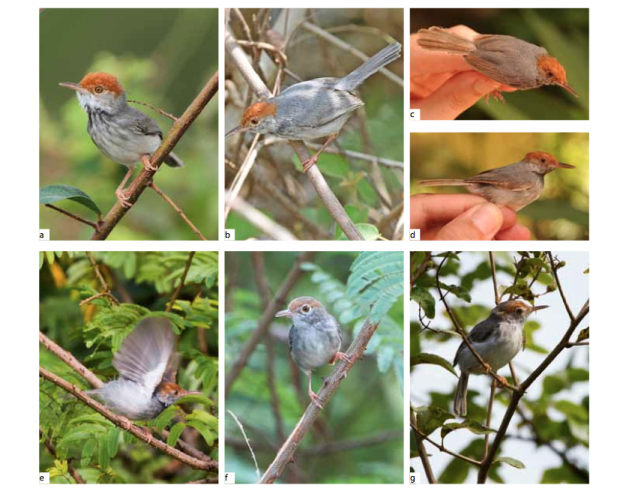
via factroom.ru

Sea anemones, living under the glaciers of Antarctica and translucent snail from Croatia are included in the list of the ten new species of 2014 year, an international team of scientists announced Thursday. The list contains about 18 thousand new species discovered last year.

Top 10 compiled in this, the College of Environment and Forestry (ESF) at the State University of New York (SUNY), produced annually since 2008, the year he was dedicated to the birthday of Swedish botanist XVIII-th century, Carl Linnaeus, who is recognized the father of modern taxonomy.
This list should not be interpreted as rating (there are no "losers" and "winners"), instead, it should draw attention to the "crisis of biodiversity by working to complete the description of all the plants, animals and microbes of the Earth" - said Quentin Wheeler, president of the ESF .
Scientists have calculated that there are 10 million species that have not yet been identified, but the species that have been described, five times more.
Below are pictures from a list of ten new species, as well as some of the other proposed by Wheeler, but not included in the top 10.
1. Shrimp skeleton was found in a cave on the island of Santa Catalina off the coast of California.

2. Olingito - this is the first kind of carnivorous mammal, found in the Western Hemisphere over the past 35 years. He lives in the cloud forests on the slopes of the Andes. Olingito like a "cross between a cat and eyed teddy bear».

3. Brigandine earthen snail lives at a depth of over 900 meters underground in a cave in the west of Croatia, and it has no eyes. It was obtained only one live specimen.

4. Night listohvosty gecko - a master of camouflage. Representatives of this species were found hanging vertically on the rocks and trees. When the scientists searched the surrounding area, they could not find other populations of this species - so it can be rare. Look at his fancy tail.

5. Amoeba protists - a big by the standards of single-celled organisms. It builds the cells of the skeletal remains of dead sponges, and then uses their part as a trap to attract prey - it is similar to how the feed lips. This species was found in 50 km from the coast of Spain.

6. Tinkerbella nanna, or fairy Tinker Bell - one of the smallest insects on the planet, and, apparently, lives only a few days, as the other fairies. She was found in the forests of Costa Rica.

7. Orange penicillin - a mold found in Tunisian soil and named in honor of the Dutch Royal Highness the Prince of Orange. Mould has intercellular substance that protects it from dryness.

8. Anemone ANDRILL - this is the first known anemone living in ice, he lives under the Antarctic ice masses. It is named in honor of the Antarctic Geological Drilling Program (ANDRILL), who discovered it using a remotely operated vehicle to explore the underwater world.

9. clean-room microbes were found in only one ecosystem - in areas where going to a spaceship. They were found in two clean rooms (in Florida and French Guiana) even after sterilization. Scientists worry that this species may have a detrimental effect on the ecosystem of the other planets.

10. Despite his appearance, Microcaecilia Dermatophaga - not a worm, but Caecilians from French Guiana. This is the first new type of Caecilians, naёdenny in the region over the past 150 years. The offspring of mother feeds the skin.

11. The Cambodian seamstress living in humid floodplains of Cambodia's few rivers, and even within the city of Phnom Penh. Currently, this type is classified as endangered due to the destruction of their habitat.

via factroom.ru
Tags
See also
Environmentalists from WWF talking about opening a dozen new species in Vietnam
Cute new species
In the Dnieper river appeared 18 new species of fish
A new kind of decorative shrimp
A new species of poisonous primate found in Borneo
New species in Indonesia
Water climbing. A new sport in the United States
New species in South America
What and how to see the animals?
It was found more than a thousand new species















